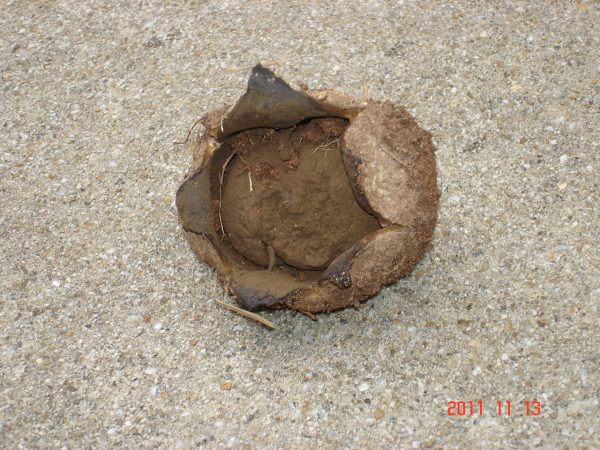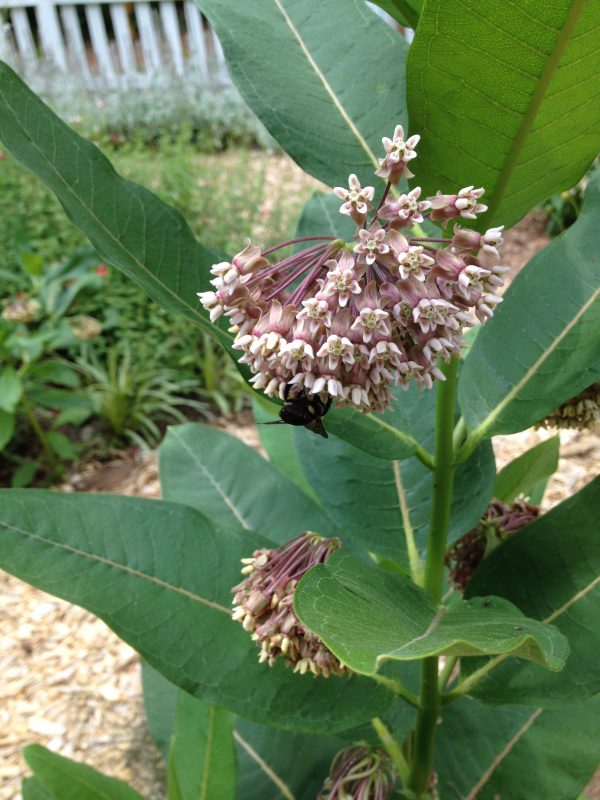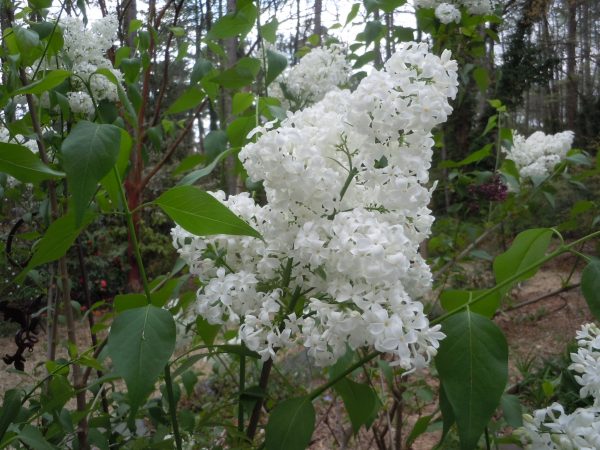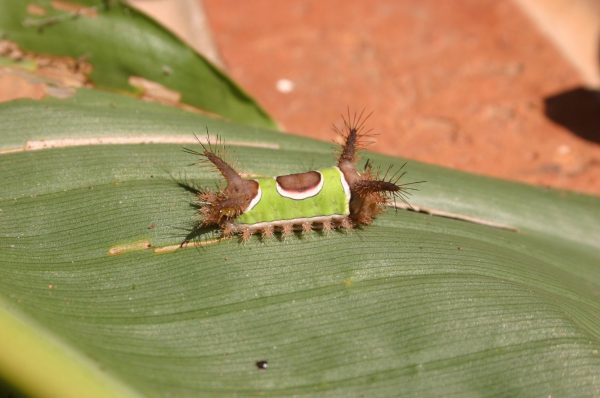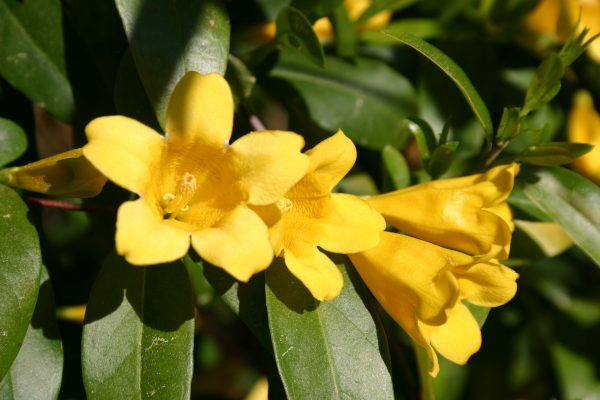Yam Identification versus Sweet Potato
WHEN IS A YAM NOT A YAM?
Thanksgiving Thoughts
Rhoda Love
Bulletin of the Native Plant Society of Oregon
Last Thanksgiving I cooked some canned yams. At least the large print on the cans proclaimed them to be yams “Princella Brand Cut Yams, America’s Leading Yam.” But wait, just beneath was smaller text: “cut sweet potatoes in lightsyrup.” I was confused, so I did some further label reading. At the bottom of the front I found: “Weight of yams 18.6 oz.” Good, 2 out of 3 = 66.6% the majority of the written evidence suggesting we were eating yams.
But then I checked the back of the can and found: “Ingredients: sweet potatoes… ” I was back to a neutral 50% the statistical advantage of the yams having vanished. But the situation changed again. In even smaller print on the back, the word “yams” appeared four more times. So, in the final analysis, the conclusion based on the label was that, with our turkey and stuffing, we ate yams.
Did I really cook yams? Probably not. For those who have forgotten, yams are monocots in the family Dioscoreaceae which is said to be closely related to Liliaceae and Iridaceae. This is a temperate and tropical family of herbaceous vines. The best known yam is probably Dioscorea batatas, the Chinese yam.
Sweet potatoes, on the other hand, are dicots in the Convolvulaceae, the morning glory family, genus Ipomoea or Ipomea. The cultivated sweet potato, Ipomoea batatas is native to Central or South America and is also found on the islands of the South Pacific. It is a long, trailing perennial vine with milky juice from a deep tuberous root. The word “batata” is an American Indian word. After Columbus, sweet potatoes were introduced to most of Africa and tropical Asia. Sweet potatoes cannot stand frost and in the United States are cultivated in the southern states.
But are both yams and sweet potatoes grown as commercial crops in the United States? The Princelia Company is headquartered in Siloam Springs, Arkansas. But research into the agricultural literature gave no indication that yams are grown commercially in this country.
I decided to carry out one further piece of research at my local grocery store. There I found one bin of “yams” and one of “sweet potatoes.” The yams were small with dark skins and a dark yellow interior; the sweet potatoes were larger and paler with pale flesh. The price per pound was the same. I bought one of each, and as far as I could tell, there was no major difference in anatomy, cooking qualities or taste. (I am of an age where I cannot say whether either affected my fertility!)
A further reading of the agricultural literature yielded this statement: “The moist, soft textured sweet potato cultivars are often erroneously called “yams” to distinguish them from the dry textured cultivars.”
Well, Popeye used to say “I yam what I yam.” But to answer the question in my title, as we move into the holiday cooking season, I think we can be reasonably sure that a yam is not a yam but rather a sweet potato.





